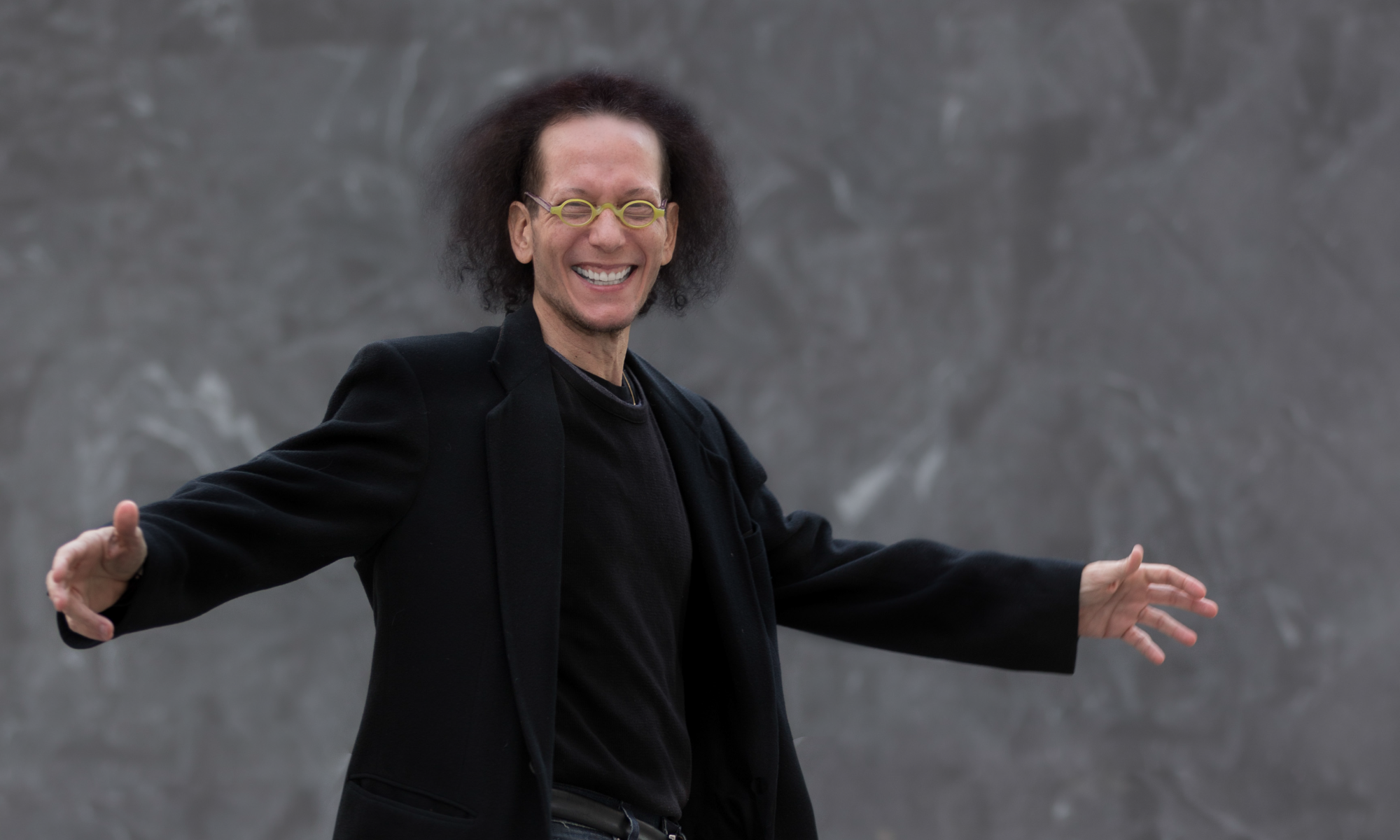BEETHOVEN Piano Sonatas Nos. 23, 8 & 14. Piano Sonata No. 26: II & III only Roberto McCausland Dieppa (pn) SCRUFFY 20567658 (68:32)
Lynn Rene Bayley – Fanfare Magazine (Jun 6, 2015)

Colombian pianist Roberto McCausland Dieppa, to judge from the cover and insert photos, likes to emphasize his odd appearance by wearing rounded glasses à la Schubert and colorful scarves à la Glenn Gould. He apparently also fancies himself the writer of these works, since his “bio” blurb is headed “About the composer,” but although I also disagree with the purple prose he uses to describe himself the actual performances of these Beethoven sonatas are actually quite good. Playing what sounds to my ears like a lightweight piano with a finely chiseled tone, Dieppa nevertheless follows the score remarkably well, missing none of Beethoven’s many and sundry dynamics markings and phrase indications. Indeed, I would go so far as to say that these are probably quite close in both execution and the sound of the instrument to what one might have heard if Beethoven himself were playing these works for you. In that respect, then, I have the highest admiration for Dieppa as an interpreter. In the first movement of the Appassionata, for instance, Dieppa works very well within the fairly narrow dynamics range of his instrument, managing to make a real contrast between its softest pianissimo and the most it can produce in fortissimo. There are also some interesting interpretive details, rubato used at the ends of dramatic sections before the music moves on, that make his playing more eloquent.
My only small complaint of his Appassionata is the tempo imbalance between the second and third movements. When you play the third movement at the brisk tempo and dramatic inflections as Dieppa does here, you need to have a little more con moto to your Andante as Beethoven directed, but here Dieppa plays the Andante con moto without much moto so that, when he jumps into the third movement, it sounds a bit disproportionately brisk. But I had no such complaints about his Pathétique, played in each movement with exactly the right tempo and phrasing as well as the right inflections.
In his performance of the Moonlight sonata, the first movement does not quite achieve the sense of mystery and melancholy that Beethoven intended, even though it is played in the proper tempo, and also Dieppa does not modify the line in the slightest with rubato inflections as it so desperately needs, but the remaining two movements are exemplary.
Following this, Dieppa gives us only the last two movements of the Les Adieux sonata. He plays them very well indeed, capturing the feeling of longing in the second movement and the feeling of release and joy in the third, so of his performance I have no complaint, but why not the whole sonata? These movements are listed on the back of the CD container as “Encore” pieces, but surely there was enough time left on the disc (nearly 12 minutes) to have given us the first movement as well? A mystery, then. Dieppa apparently likes to play truncated sonatas as encores.
In toto, then, an excellent introduction for me to this artist (although he has produced seven more albums, I haven’t heard them) and one that invites further listening for those who may be interested. Lynn René Bayley



You must be logged in to post a comment.